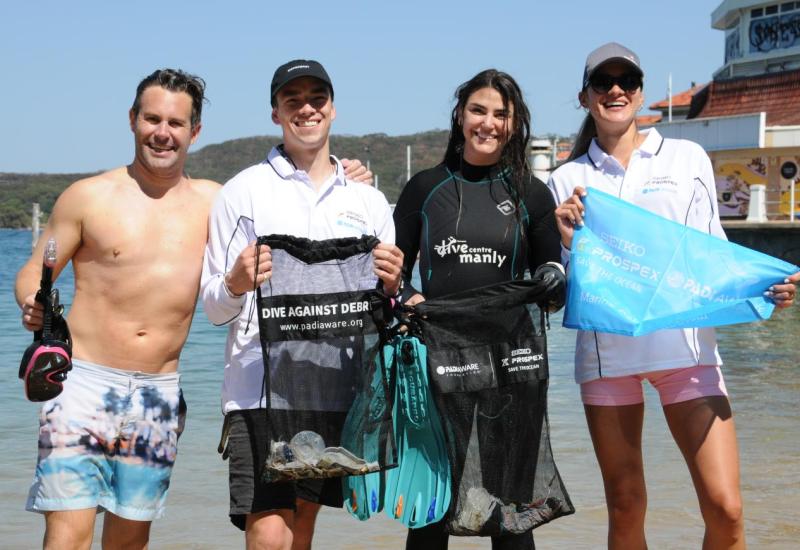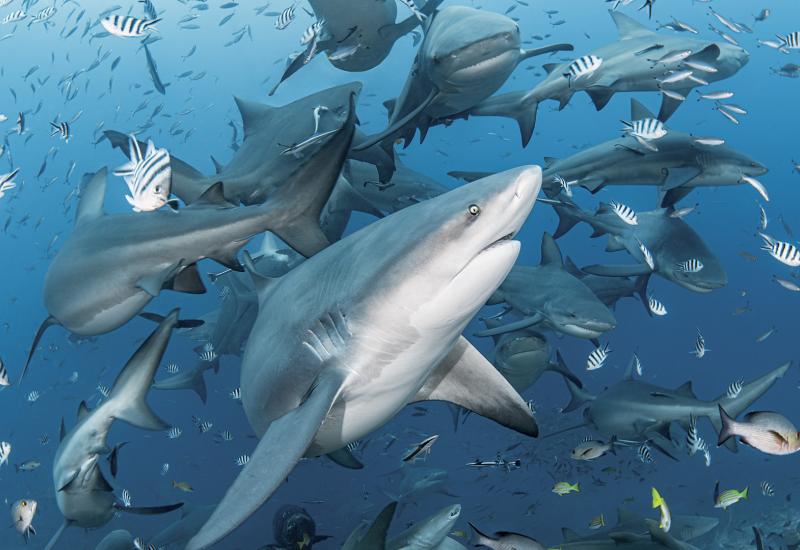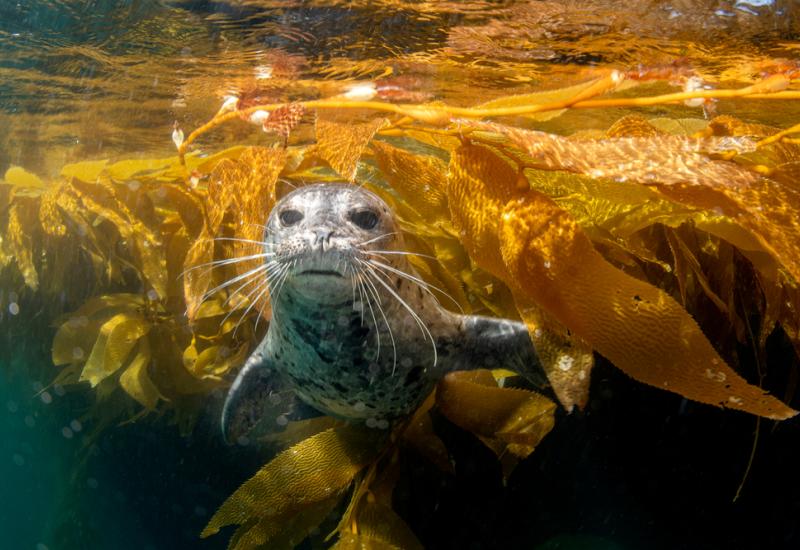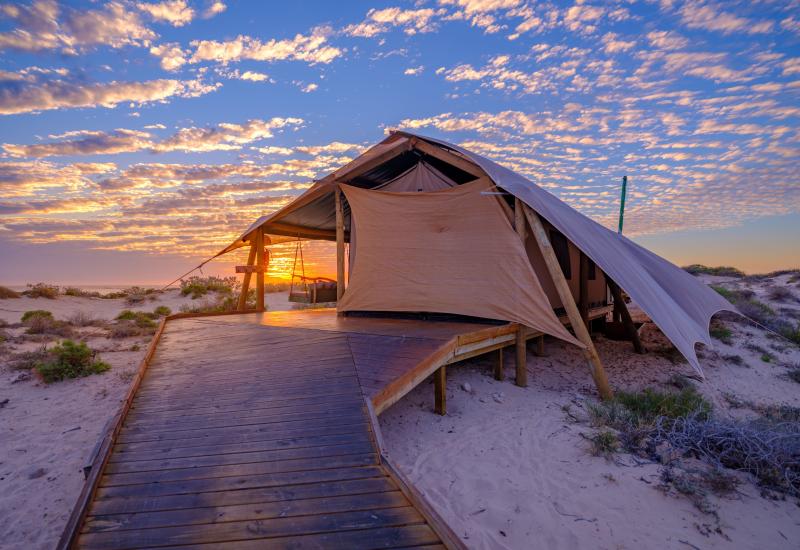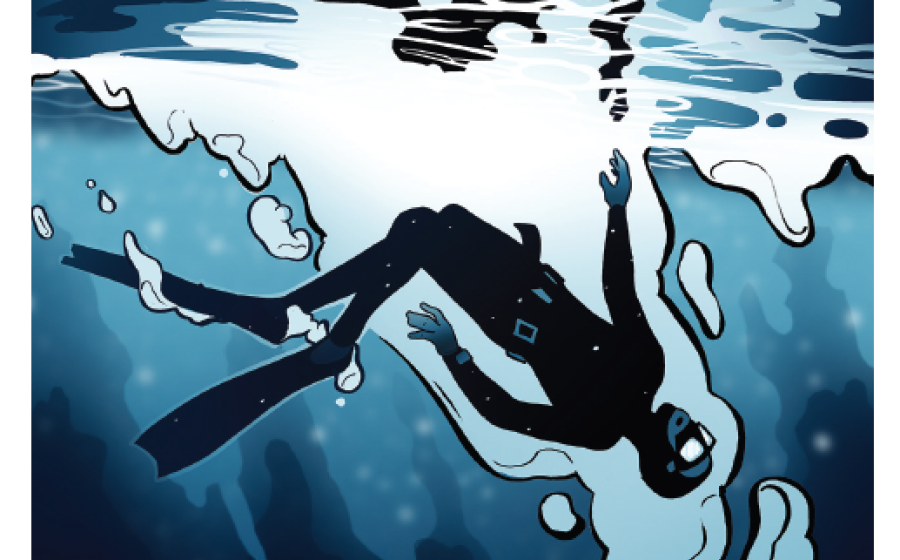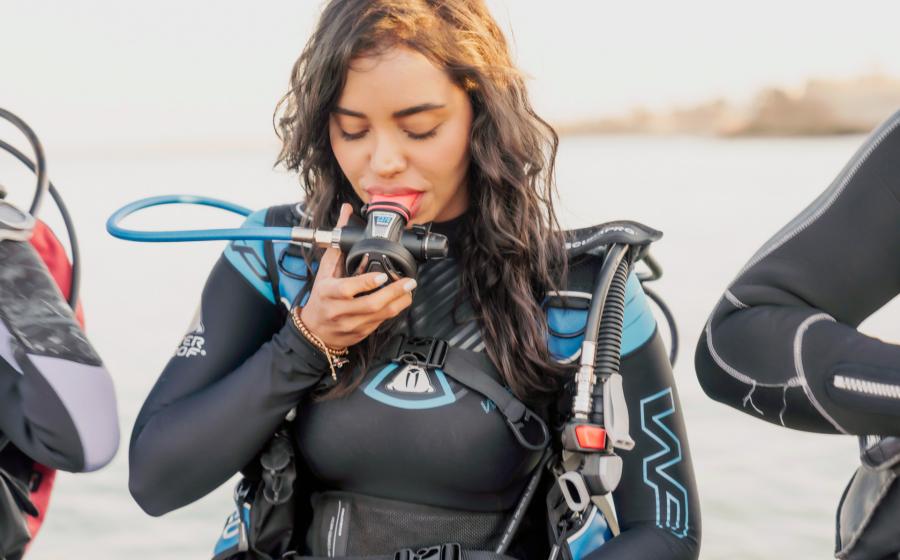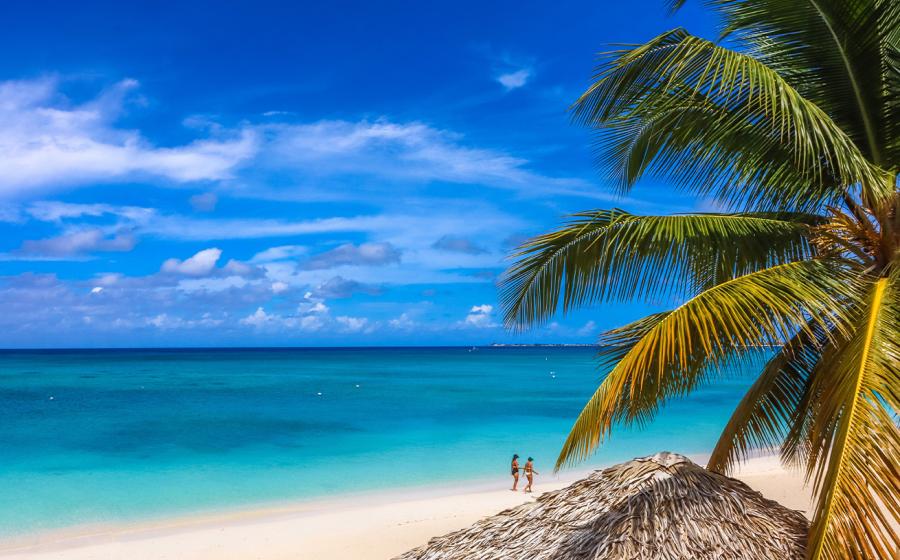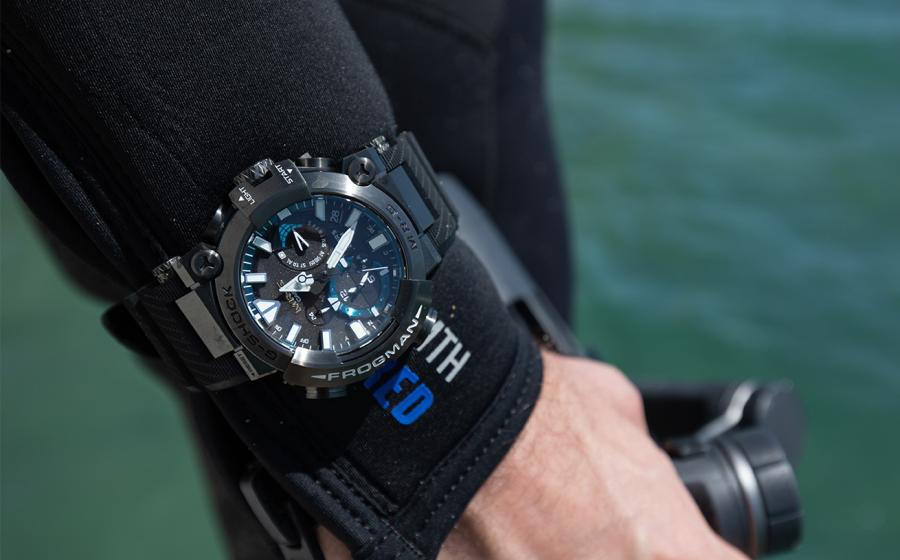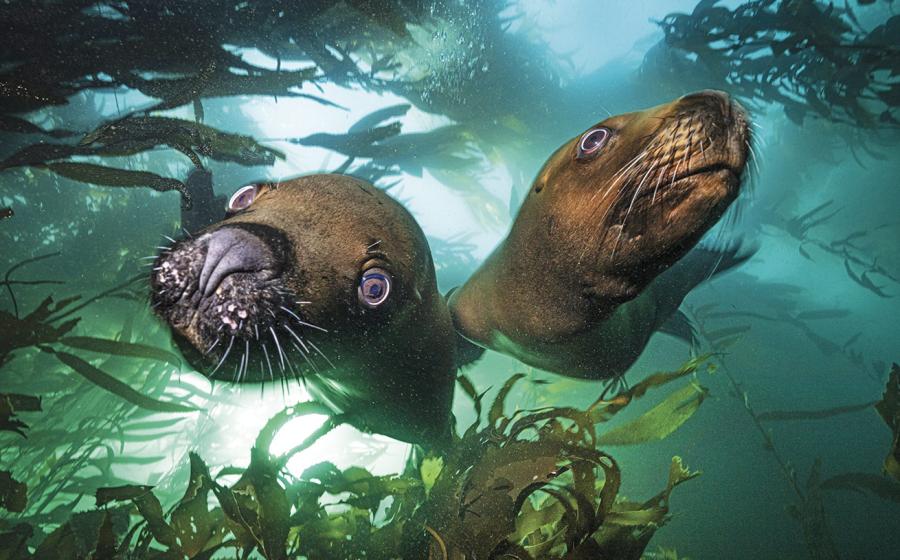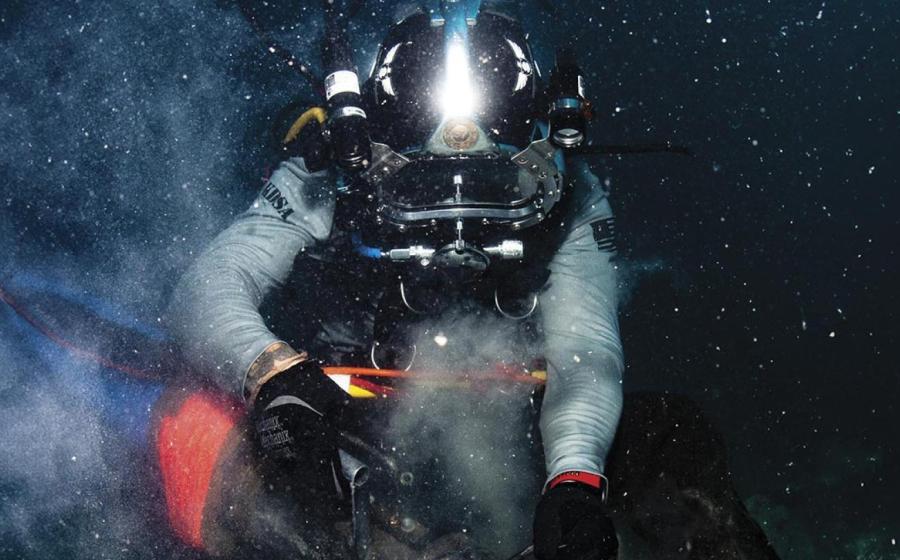The 3 Best Things About Scuba Diving in Komodo, Indonesia
While backpackers flock to this slice of Indonesia to see the famed Komodo dragons, scuba divers know that the real highlights can be found underwater. Five species of anemone fish, up-close encounters with mantas, sea turtle sightings on nearly every dive and a host of wacky macro critters make this destination one of the world’s best for diving. The area was declared a national park to help protect the famous lizards in 1980, with protections expanding in 1984 to include the marine environment. Protection and management was ramped up in 1990, and Komodo National Park became a UNECSO World Heritage Site in 1991.
Today, many liveaboards and day boats visit the litany of dive sites that lie between the Indian Ocean in the south and Flores Sea in the north. The convergence of the two makes for potentially heavy and unpredictable current, but the payoff includes beautiful coral reefscapes and a wide diversity of fish life.
I spent 10 days aboard the Arenui, a luxury liveaboard that visits Komodo, Raja Ampat and the Forgotten Islands. We spent much of our trip in north and central Komodo, while visiting the volcanic Sangeang Island on the way. Here are the five best things about diving Indonesia’s Komodo National Park.
THE DIVERSITY
The word diversity comes up a lot when Indonesia is the topic of discussion, but maybe not in this way. While the biodiversity is good, Komodo is one of the world’s best destinations for diversity of experiences. For example, we indulge in a black-sand macro dive at Sangeang Island, spotting a Spanish dancer, pygmy seahorse, five types of nudibranch, porcelain crab, whip coral goby, mantis shrimp and scorpion fish on one dip. Twenty-four hours later, we’re exploring a soft coral reef off Gili Lawa Laut littered with clown triggerfish, three species of anemonefish — false clown, tomato and spine-cheek — and angelfish while a black tip reef shark and manta ray cruise by in the blue. Throughout the week, we enjoy macro dives, drift dives, hard coral reefs, soft coral reefs, pinnacles and cleaning stations. While some dive destinations provide world-class versions of one specific experience, Komodo does it all really well.
THE TURTLES
If you love these water-bound reptiles, you’ll love Komodo. The hawksbill and green sea turtles we encountered were not shy. They allowed you to swim right up as they munched on coral or sea grass. On one drift dive, we were riding the current as a large green sea turtle was swimming against it headed our way. The encounter soon turned into an aquatic game of Chicken as it become clear that this turtle was not going to budge, and the current was sending me right for it. As expected, it didn’t deviate from the set path and I had to adjust my trajectory to glide a few feet overhead, relishing the encounter with this ancient animal. In general, the biomass was fantastic on our dives. Dive sites Crystal Rock and Batu Balong were particular highlights — both were absolutely packed with fish. At Crystal Rock, we saw surgeonfish in every direction, along with huge tuna and sharks swimming back and forth in the blue. Batu Balong was littered with athias, and the trained eye could spot a banded sea snake slipping down the wall and a Napoleon wrasse making its way through the crowd.
THE RANGE
There are dozens of world-class dive sites in Komodo National Park — and they’re practically right on top of each other. The Arenui’s range is only 35 miles when it visits Komodo — from Gili Lawa Laut in the north to Nusa Kode in the south — which means the cruise directors can truly make a plan that suits your best interest. There’s no long-distance traveling and hoping for the best weather and conditions. If there are a few boats at Castle Rock, they’ll simply flip the day’s itinerary and head to Crystal Rock instead. If boats are having a tough time making it to the south with strong wind, they’ll hang in the central area and dive the best sites there rather than waste time. The proximity gives the cruise directors plenty of options — which often means better diving all around.
Check out the video above to see what the diving is like, and check back for more on my trip to Komodo.

